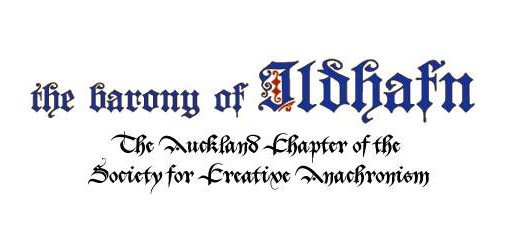Date:
Early 16th century (c. 1500–1520)
Description:
“Pleni sunt Caeli” is a sacred Latin motet composed by Pierre de la Rue, a prominent Flemish composer of the Renaissance. The title, meaning “Heaven and earth are full of Your glory,” is taken from the Sanctus of the Catholic Mass. This motet is characterised by its intricate polyphony, with imitative counterpoint and careful voice leading. It reflects the height of Renaissance sacred music, showcasing de la Rue’s mastery of compositional techniques, including careful attention to harmonic progression and textural clarity.
Discussion:
“Pleni sunt Caeli” stands out for its refined polyphonic texture, which was typical of the period. The work combines smooth imitative entries and a strong sense of harmonic direction, leading the listener through the liturgical text with beauty and precision. The voices move in counterpoint, creating a balanced and serene choral sound. As with many of de la Rue’s works, there is a clear sense of devotion and reverence in the music, matching the spiritual nature of the text.
This motet is often performed a cappella and is considered one of the most significant examples of Flemish sacred choral music from the early Renaissance. It is used in both liturgical and concert settings, particularly during the celebration of the Mass and other sacred occasions.
Composer:
Pierre de la Rue (c. 1452–1518)
Arranged by:
Modern arrangements are typically SATB, though early versions would have been written for equal voices (such as SSAATB). Contemporary versions often include instrumental accompaniment or may be adapted for modern choirs.
Sheet Music:
Available in Renaissance motet collections, such as those published by Oxford University Press, and also in sacred choral anthologies.
The arrangement we use is available here as a pdf, mus file
Parts:
SATB (a cappella)
Type:
Sacred motet
Language:
Latin
Ranges:
Soprano: up to G5
Alto: up to F5
Tenor: up to D4
Bass: down to G2
Requires singers with good control over phrasing, harmonic tuning, and blending of voices.
Advice for beginners:
The polyphonic nature of this motet can be challenging for beginners due to its intricate harmonies and counterpoint. It is recommended to practise each part slowly and ensure clear diction of the Latin text. Focus on breath control and smooth transitions between voices to maintain the integrity of the polyphony. Pay attention to dynamics to bring out the subtleties of the motet.
Sound Files:
Here are some sound files for reference. All parts, alto, tenor
